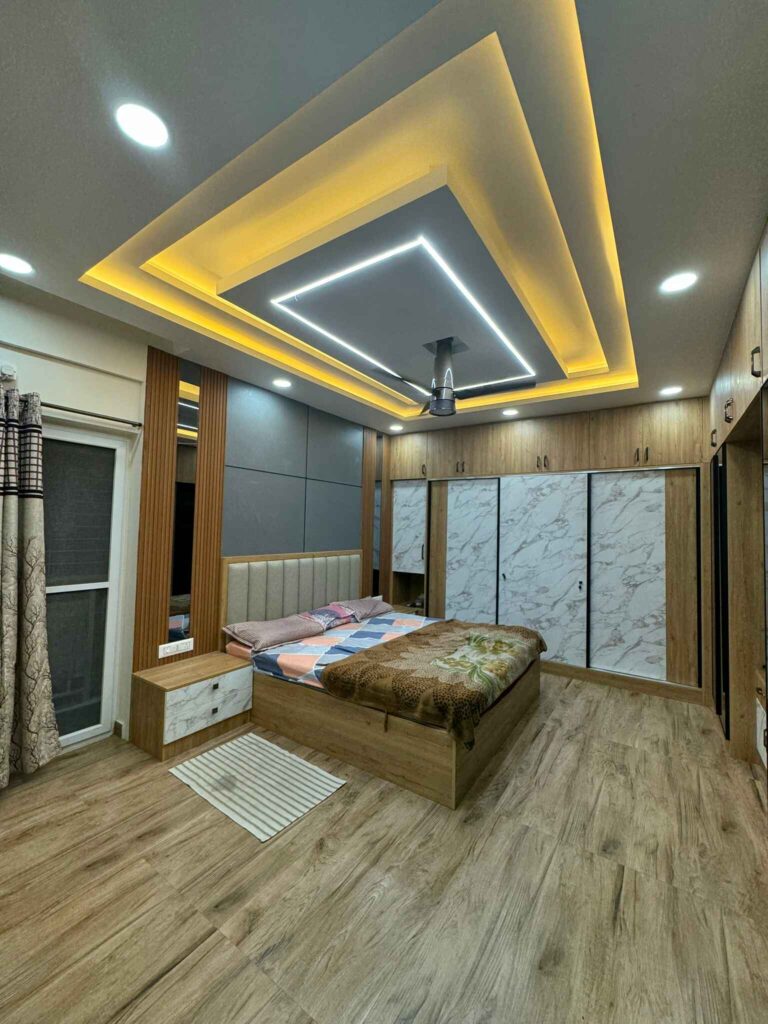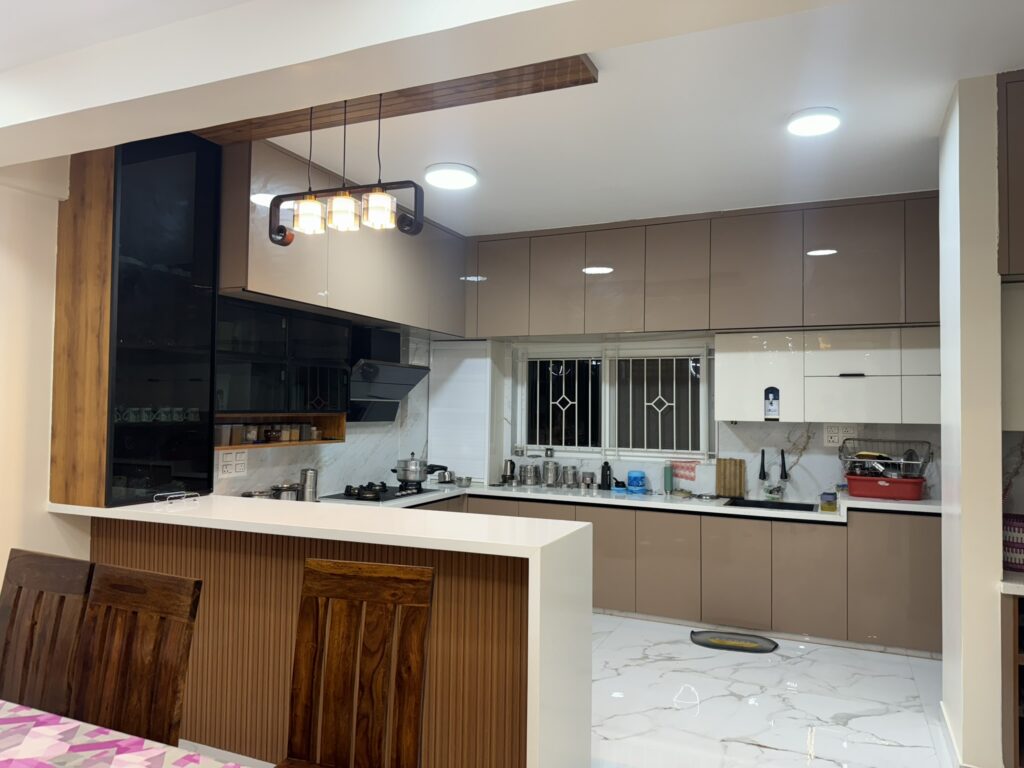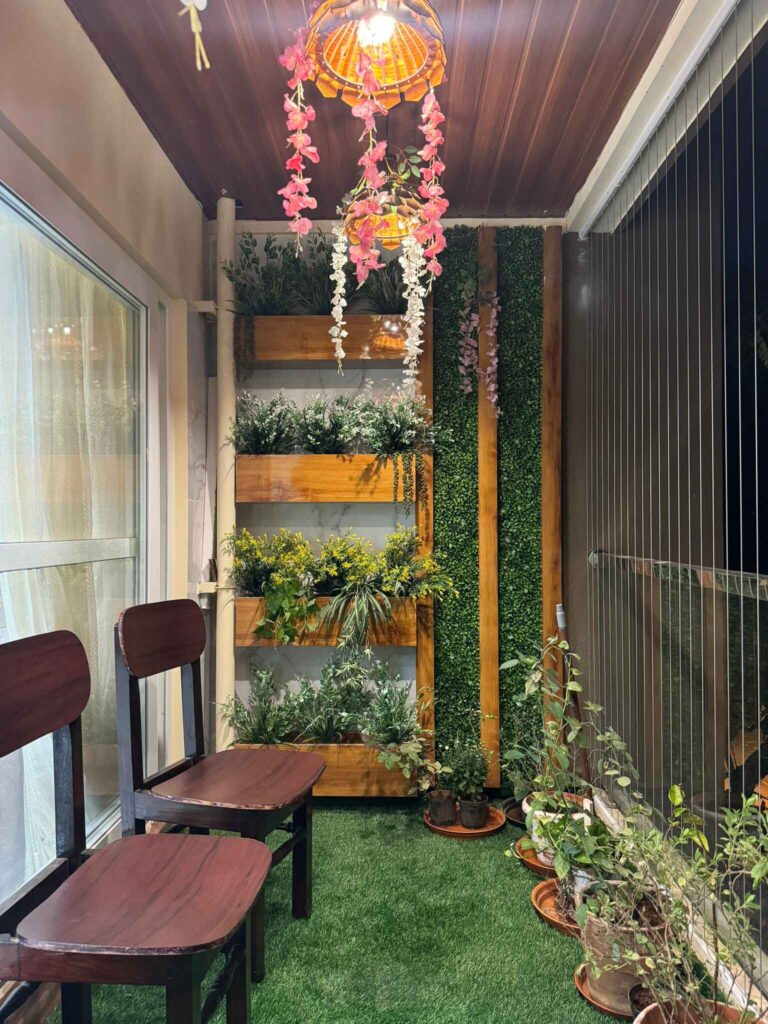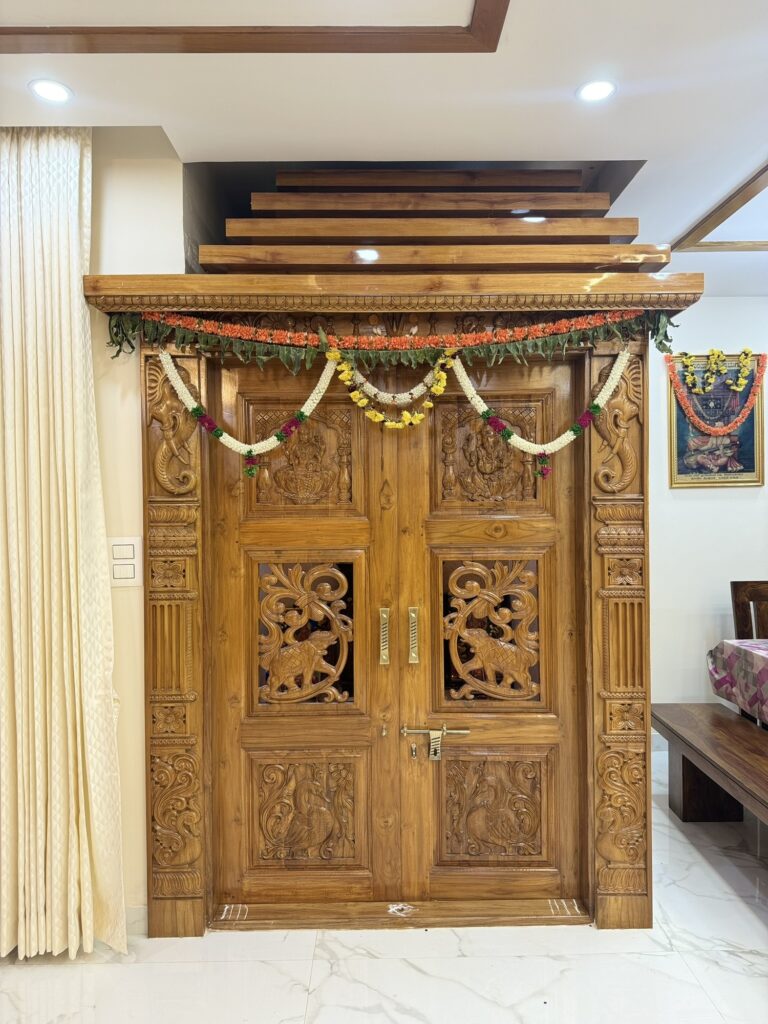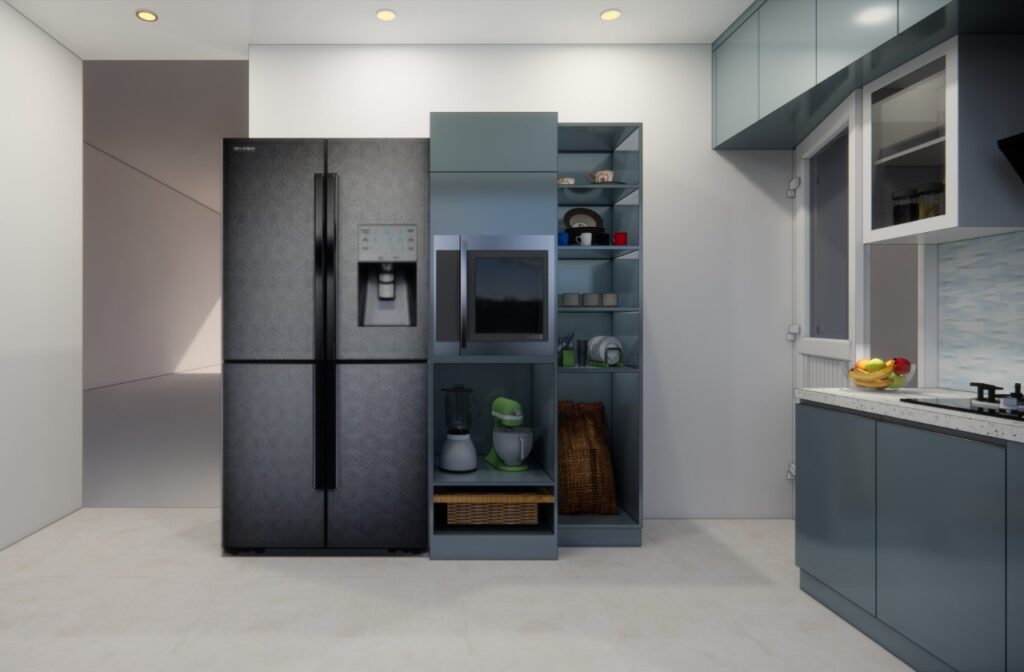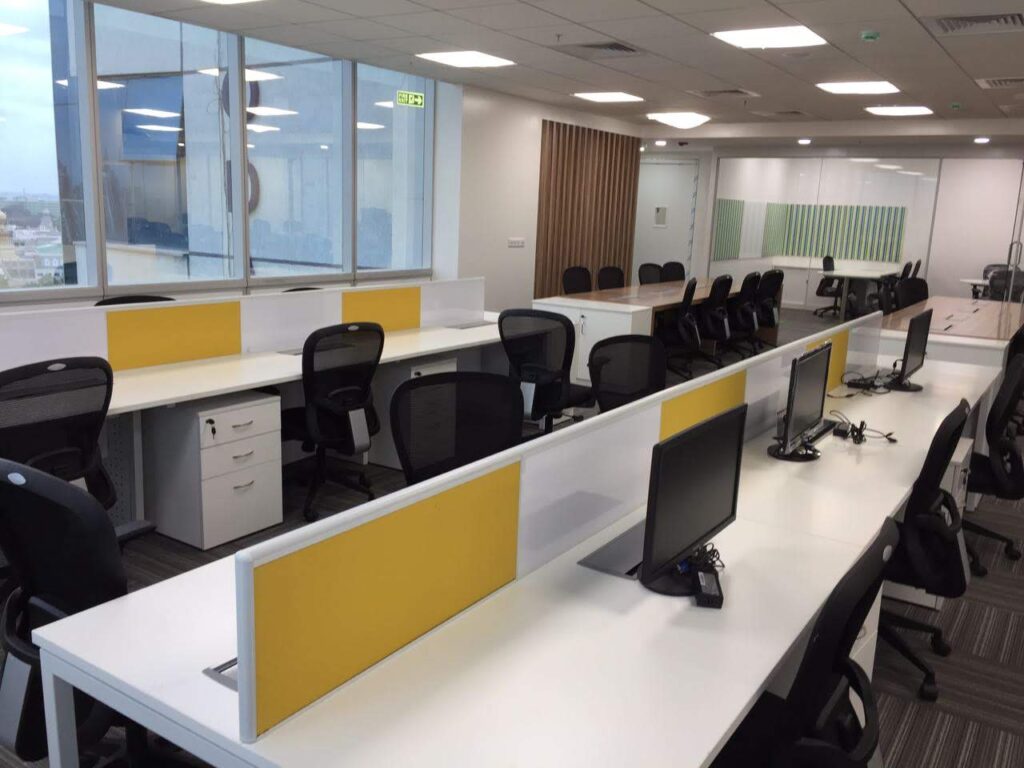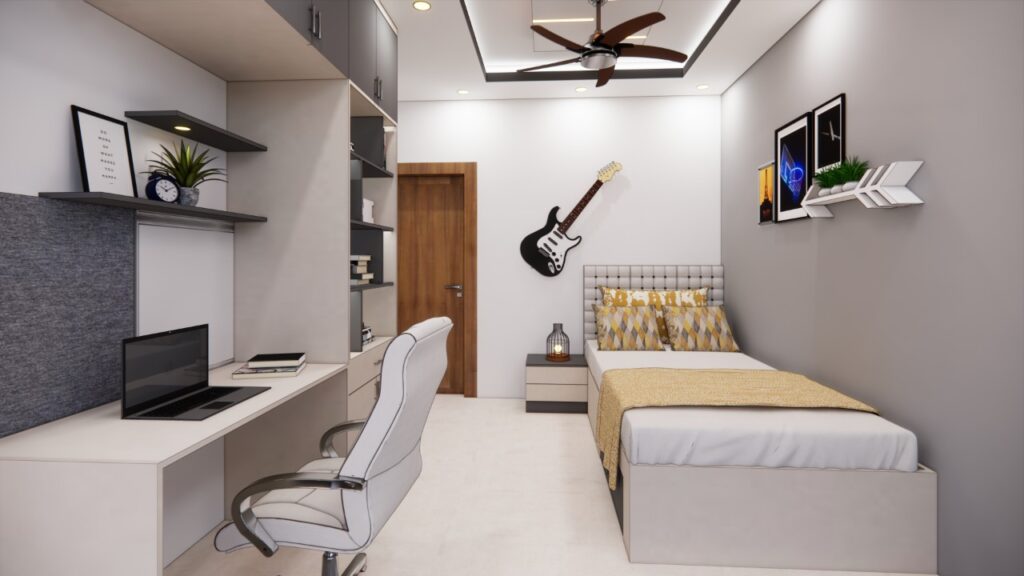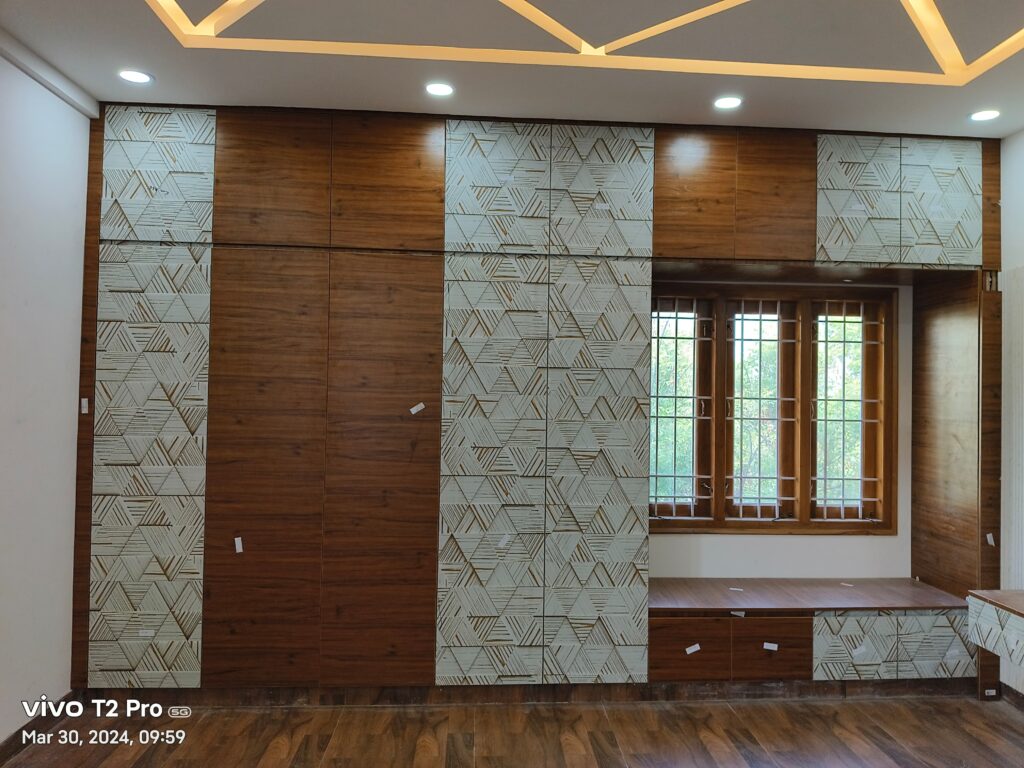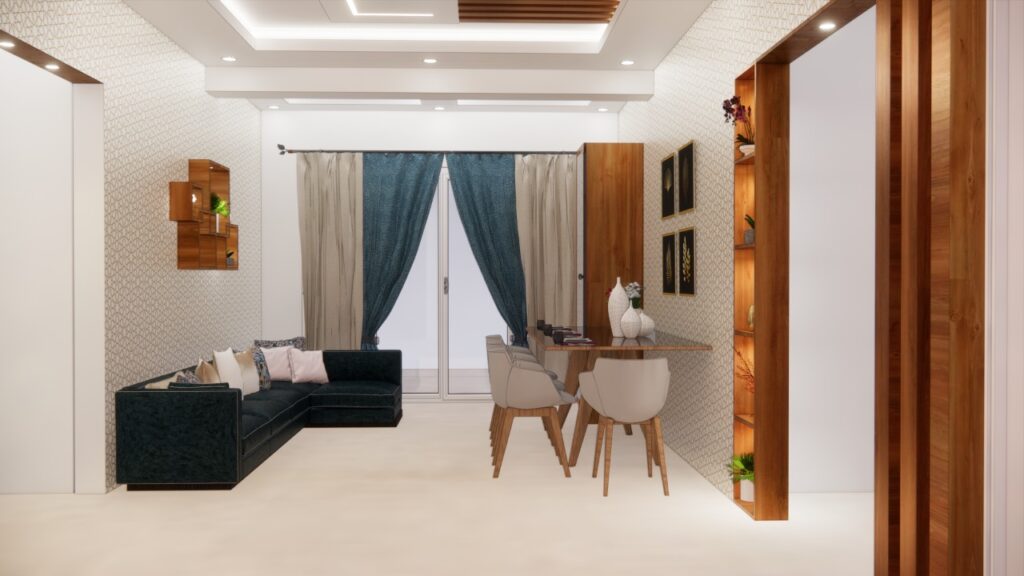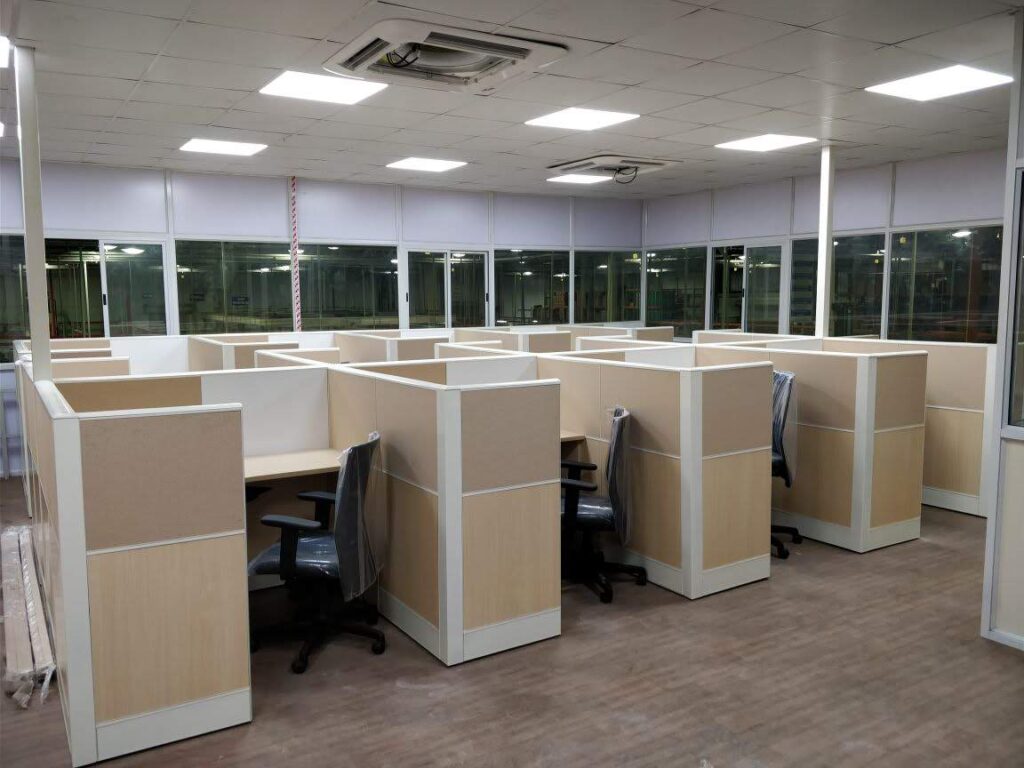
Creating an efficient and visually appealing office environment is essential for enhancing productivity, fostering creativity, and improving employee satisfaction. Whether you’re setting up a new workspace or redesigning an existing one, understanding the balance between functionality and style is crucial. For businesses in Bangalore, particularly those in Rajarajeshwari Nagar, Grandeur Elite’s expert office interior designers in Rajarajeshwari Nagar are here to guide you through designing a workspace that works for your needs.
1. Prioritize Ergonomics for Comfort
An ergonomic office space is key to maintaining employee well-being and productivity. Invest in adjustable chairs, desks with the right height, and monitors at eye level to reduce strain on the body. Comfortable furniture prevents fatigue and helps your team stay focused.
2. Optimize Space Utilization
Effective space planning is essential for creating a functional workspace. The layout should accommodate the number of employees, workstations, and storage needs without feeling cramped. Open office designs are popular but don’t hesitate to include private areas for focused work.
3. Integrate Technology Seamlessly
Modern offices require seamless integration of technology. Ensure that power outlets, data ports, and cable management solutions are strategically placed. Wireless charging stations and smart office solutions, like automated lighting, can also streamline daily operations.
4. Select a Color Palette that Inspires
Color plays a major role in setting the mood of an office. While neutral tones are great for creating a professional atmosphere, adding accent colors can energize the space. Shades of blue or green encourage calm and focus, while pops of yellow or orange can promote creativity.
5. Use Natural Light Effectively
Natural light boosts mood and productivity, so make sure your office design maximizes its availability. Arrange workstations near windows and use glass partitions to allow light to flow freely throughout the space. Complement natural light with LED lighting for well-lit work areas.
6. Incorporate Biophilic Elements
Bringing nature into the office through biophilic design—plants, natural materials, and greenery—can help reduce stress and improve air quality. A few strategically placed indoor plants or a living wall can transform the workspace into a more inviting environment.
7. Personalize the Space
Finally, a workspace should reflect the company culture. Custom artwork, branding elements, and motivational quotes can personalize the office and make it a place employees are proud to work in. Functional design doesn’t have to be bland; embrace creativity!
Conclusion
Designing an office that is both functional and stylish requires thoughtful planning and the right balance of comfort, aesthetics, and practicality. Whether you’re upgrading your current workspace or starting from scratch, partnering with the right experts can make all the difference. If you’re looking for top-notch office interior designers in Rajarajeshwari Nagar, Grandeur Elite offers customized solutions to create a workspace that promotes productivity and reflects your brand’s values.
